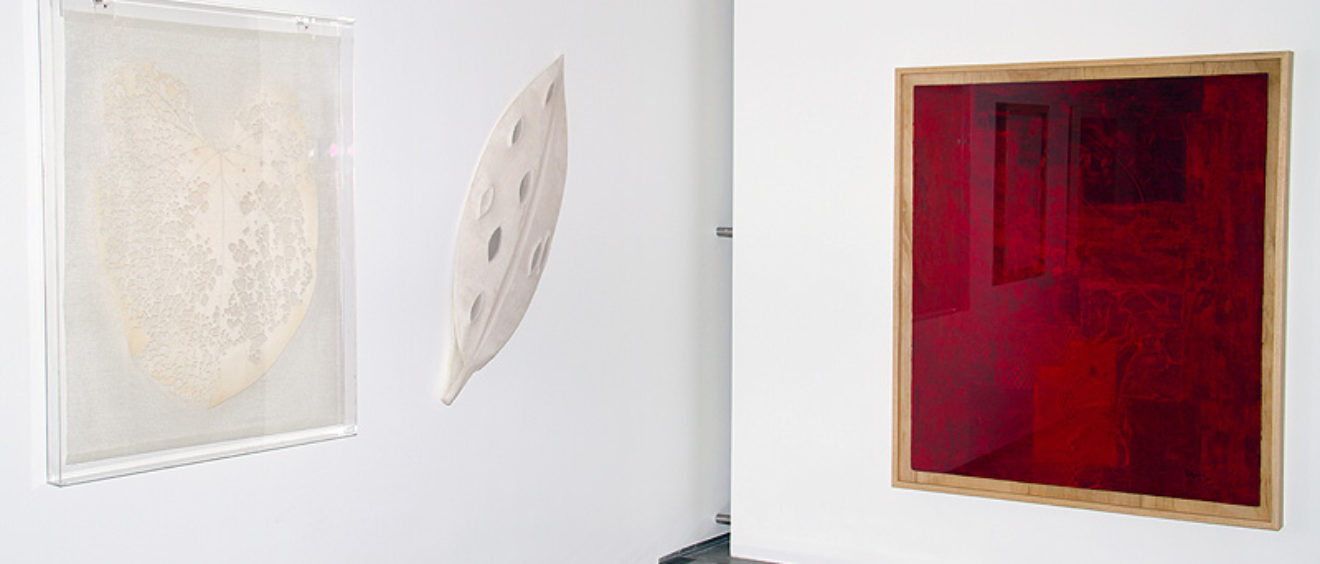
The Color of Dreams / Monochrome Scenes
From November 2015 to March 2016
Arnaiz – Greco – Grilo – Kemble – Kirin – Lecuona – Lío – F. Muro – Macaparana – Minujín – Pakovskà – Pucciarelli – Sacerdote – Sakai – Sclavo – Stupía
A blue stain on the white fabric and beside it the words: ceci-est-la-couleur-de-mes- rêves. That is how Joan Miró named his monochrome picture.
Many other artists – before and after- felt attracted by the use of a single color in their works. Klee, Kandinsky, Fontana, Klein and Malevich painted monochrome works. Sometimes the dominance of one color is inextricably associated with the artist: Ives Klein is blue, Beuys and Jasper Johns are identified with gray, Rothko and Tapies with roasted reds. Black is Goya and Ad Reinhardt, Millares and Saura too. Gray evokes Joseph Beuys, Jasper Johns and Robert Morris. Blue is Miró; red belongs to Matisse and Newman. Roasted red belongs to Rothko and Tapies. Black is Goya and Millares, Ad Reinhardt, Saura …
Art history provides examples of various possible meanings for monochrome painting. This is sometimes negation and sometimes affirmation. The monochrome is a vacuum which, by definition, means absence of image. The rectangle of a single color is a tabula rasa on which the unique relationship that it counts is the one between the pictorial surface and the viewer.
The first fully monochrome paintings, three fabrics that Rodchenko painted in 1915, Red, Yellow, Blue, expressed a return to the primary colors, or in other words, the principle ones. For artists of the revolutionary vanguard, the goal was to go “beyond the painting”. The tabula rasa corresponds to the revolutionary impulse of starting over: Russian and Polish constructivists, the School of New York in the post-war, Burri, Fontana and Manzoni in Italy, Yves Klein in Paris and the Zero Group in Germany use monochromes in the immediate post war. During Franco’s dictatorship the Spanish abstraction is characterized by mostly almost black paintings. Blacks are typical Saura pictures, including a series based on the black paintings from Goya. In fact, the first specific identification of single color paintings in art history goes back to the series of frescoes painted by Goya in the Quinta del Sordo, known as “black paintings”. His Perro semi-hundido (1819) is certainly the first monochrome works of art history.
From there onwards, there were and are many artists who aspire- through the use of one color only – an eloquent silence, to an irradiation of light and color, or an unrelenting darkness. In this exhibition we present various works, mostly related to our gallery artists who explore in their works, and in their own way, this singular and complex way of using a dominant color.
